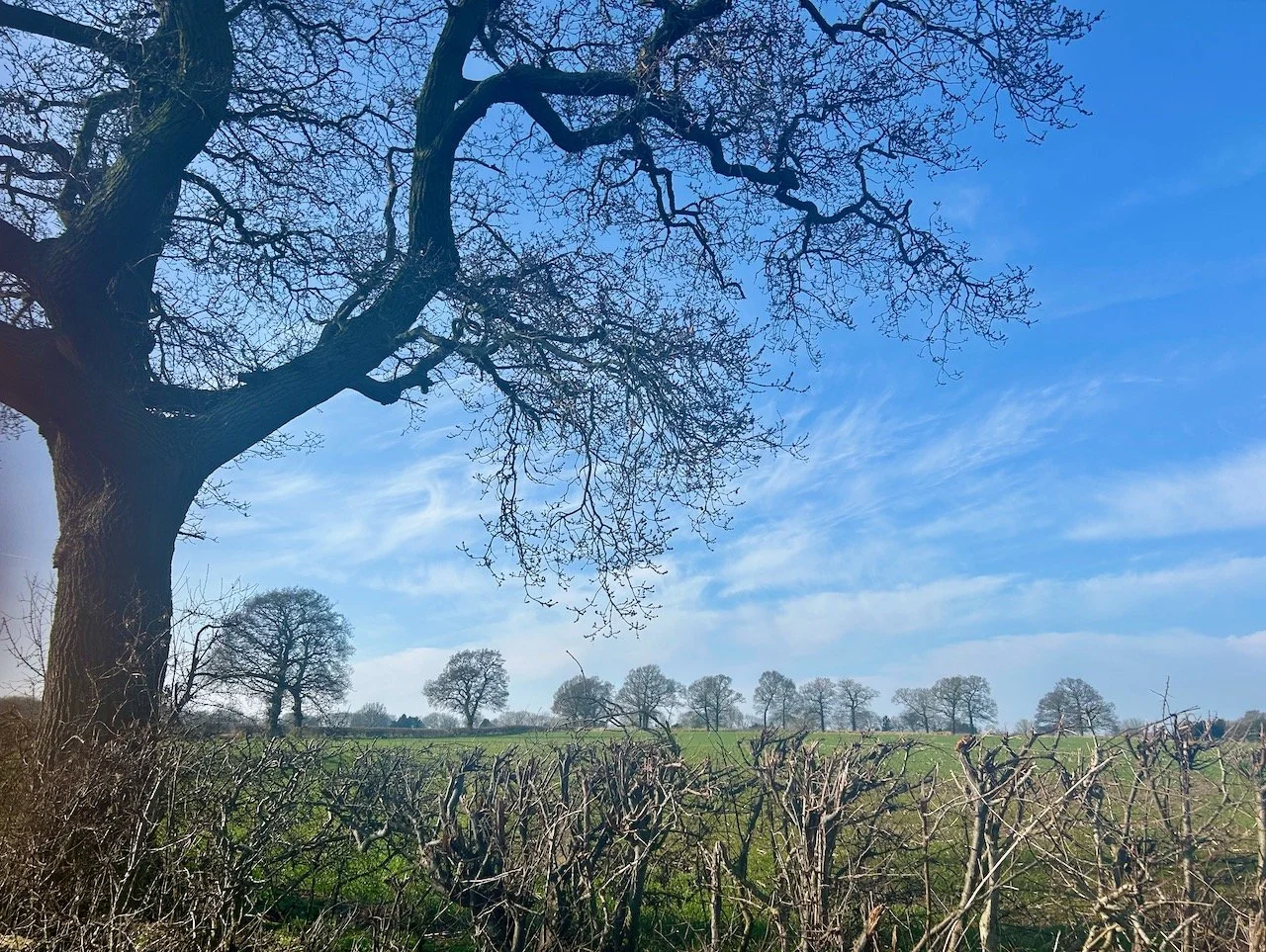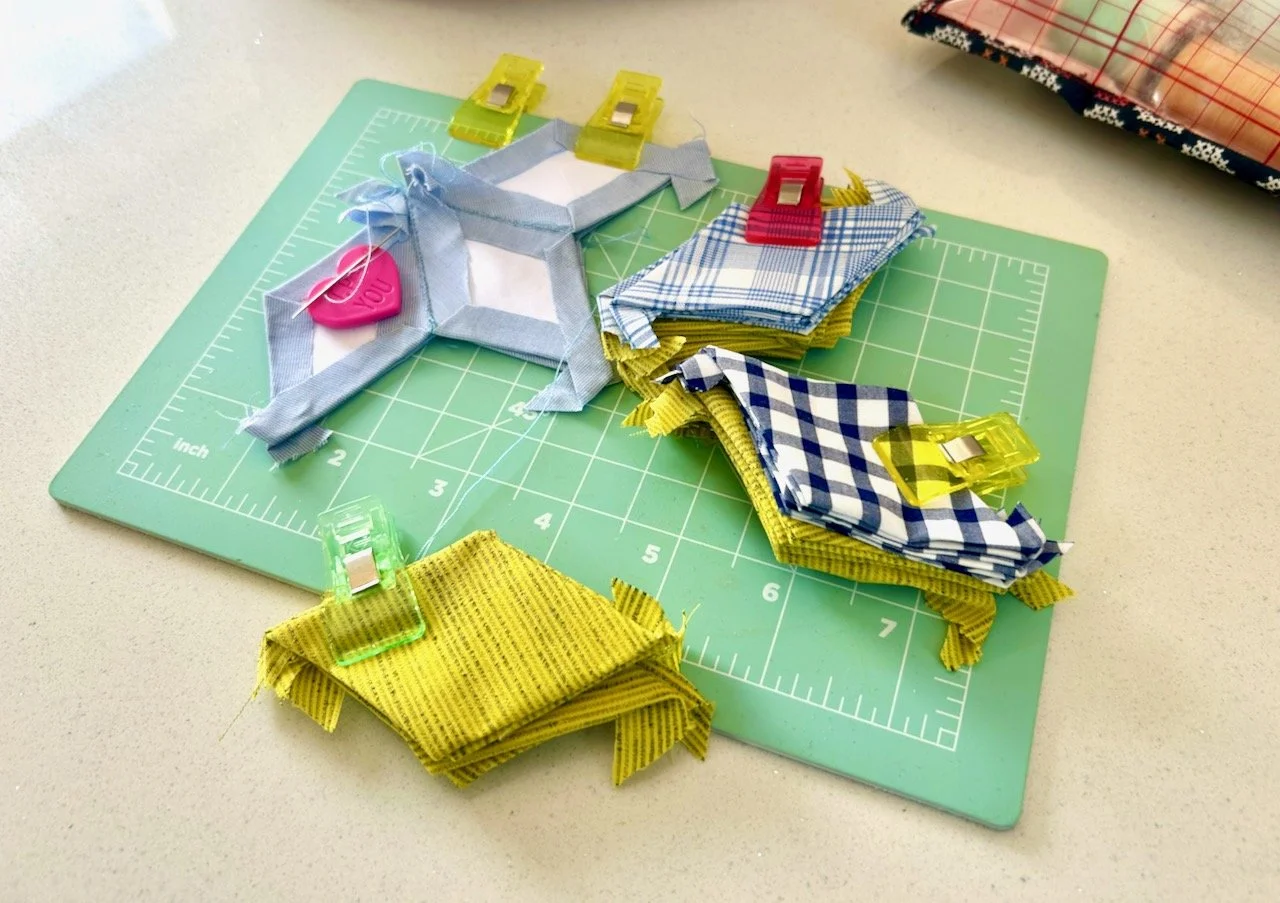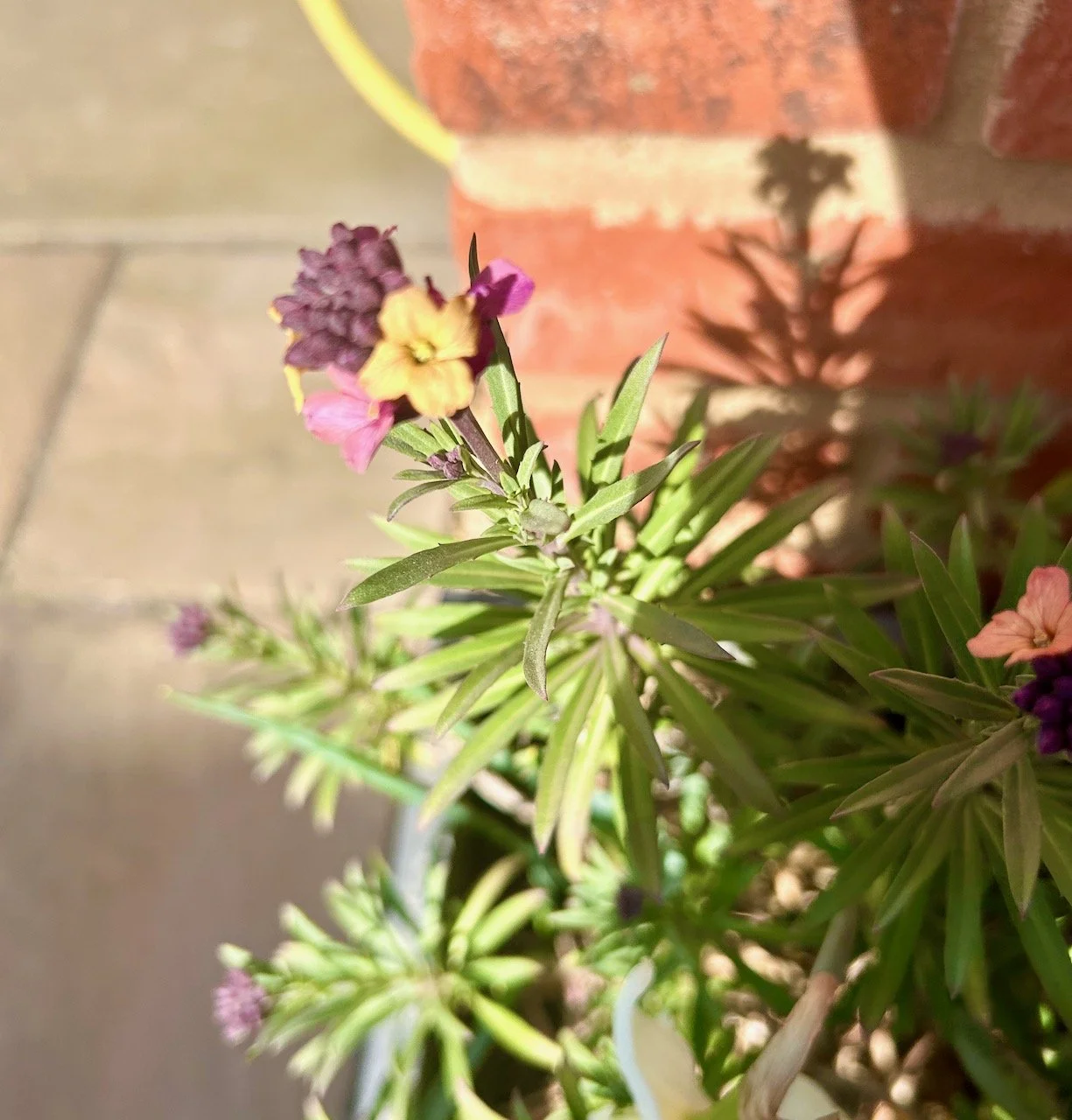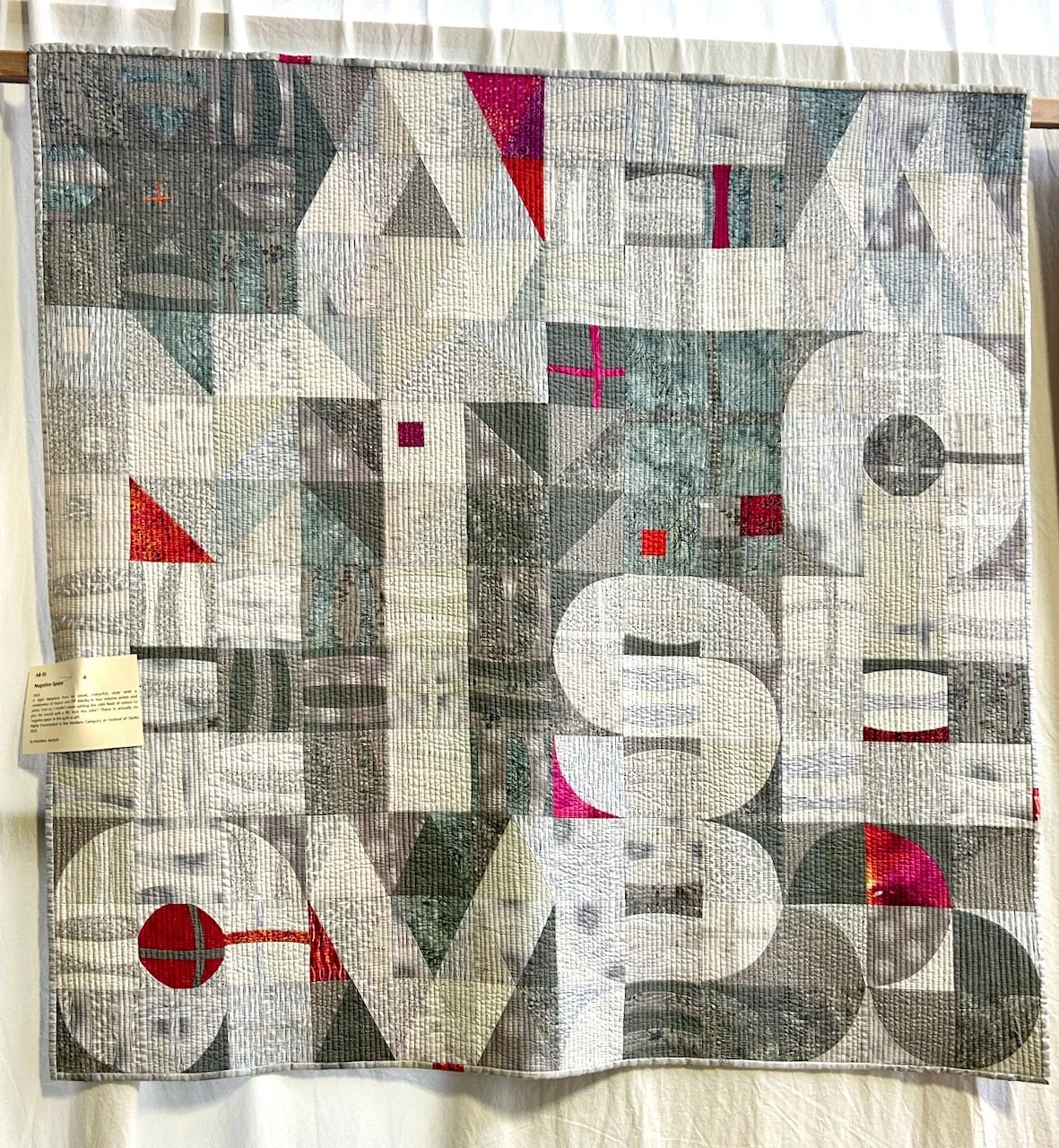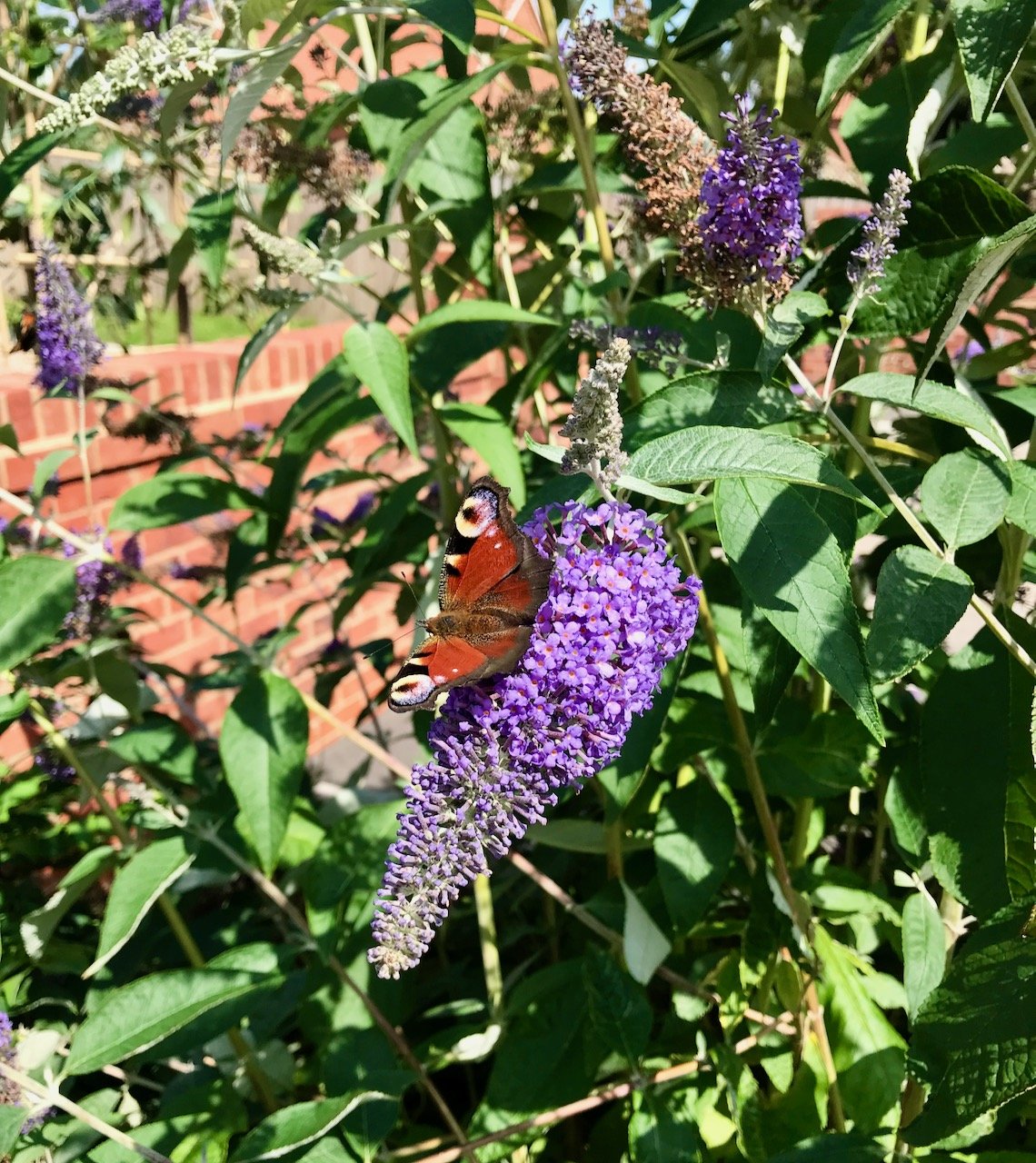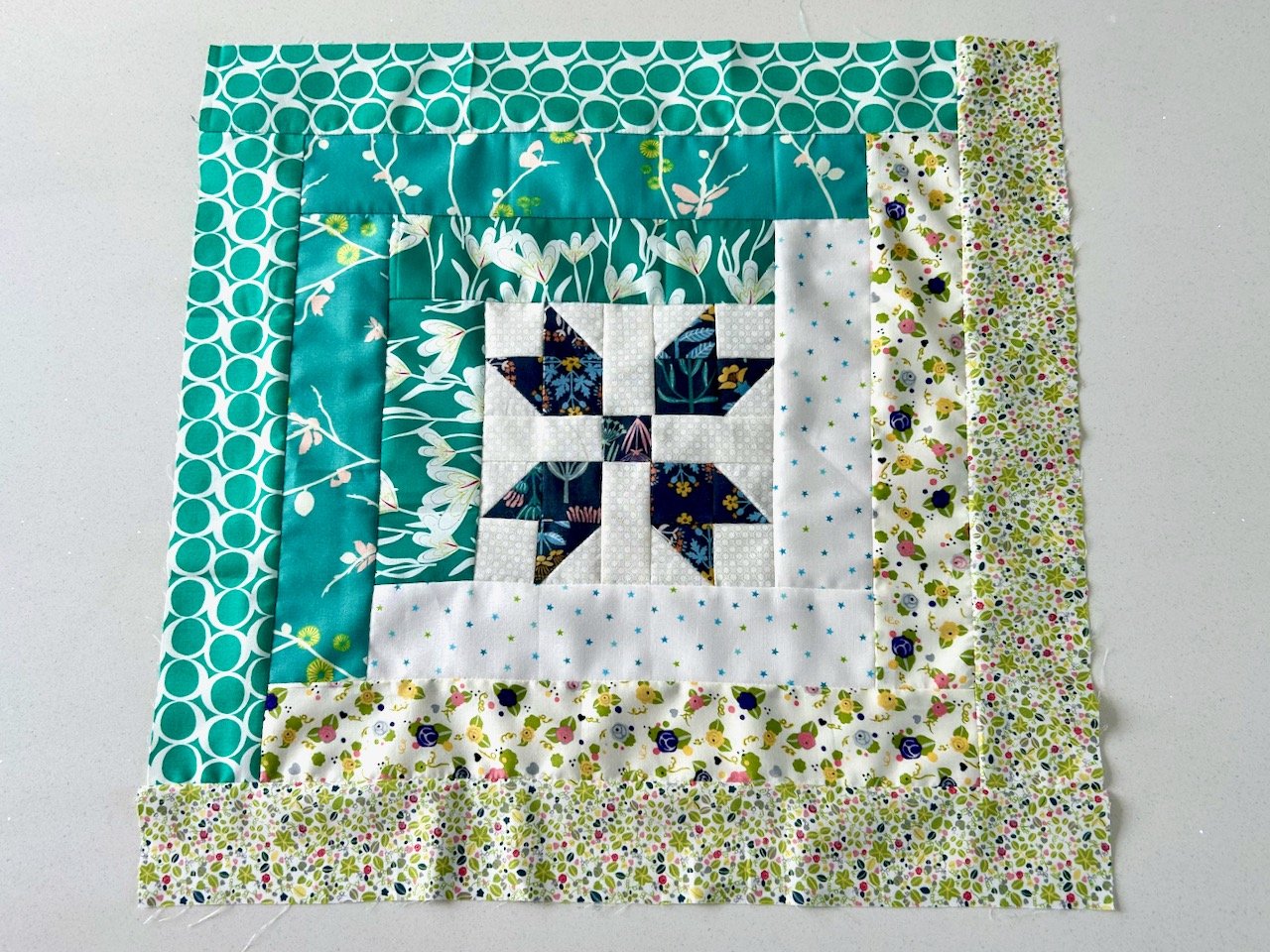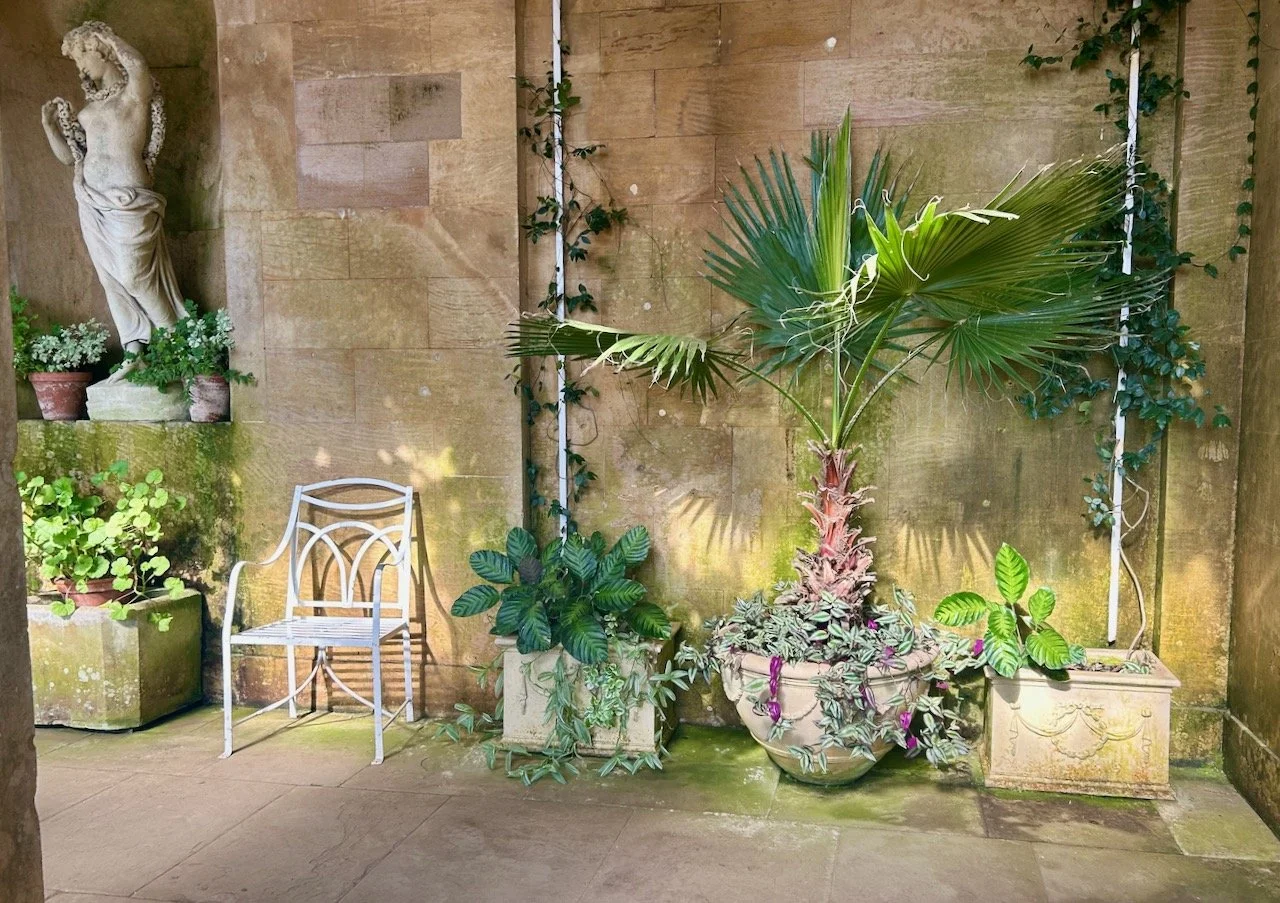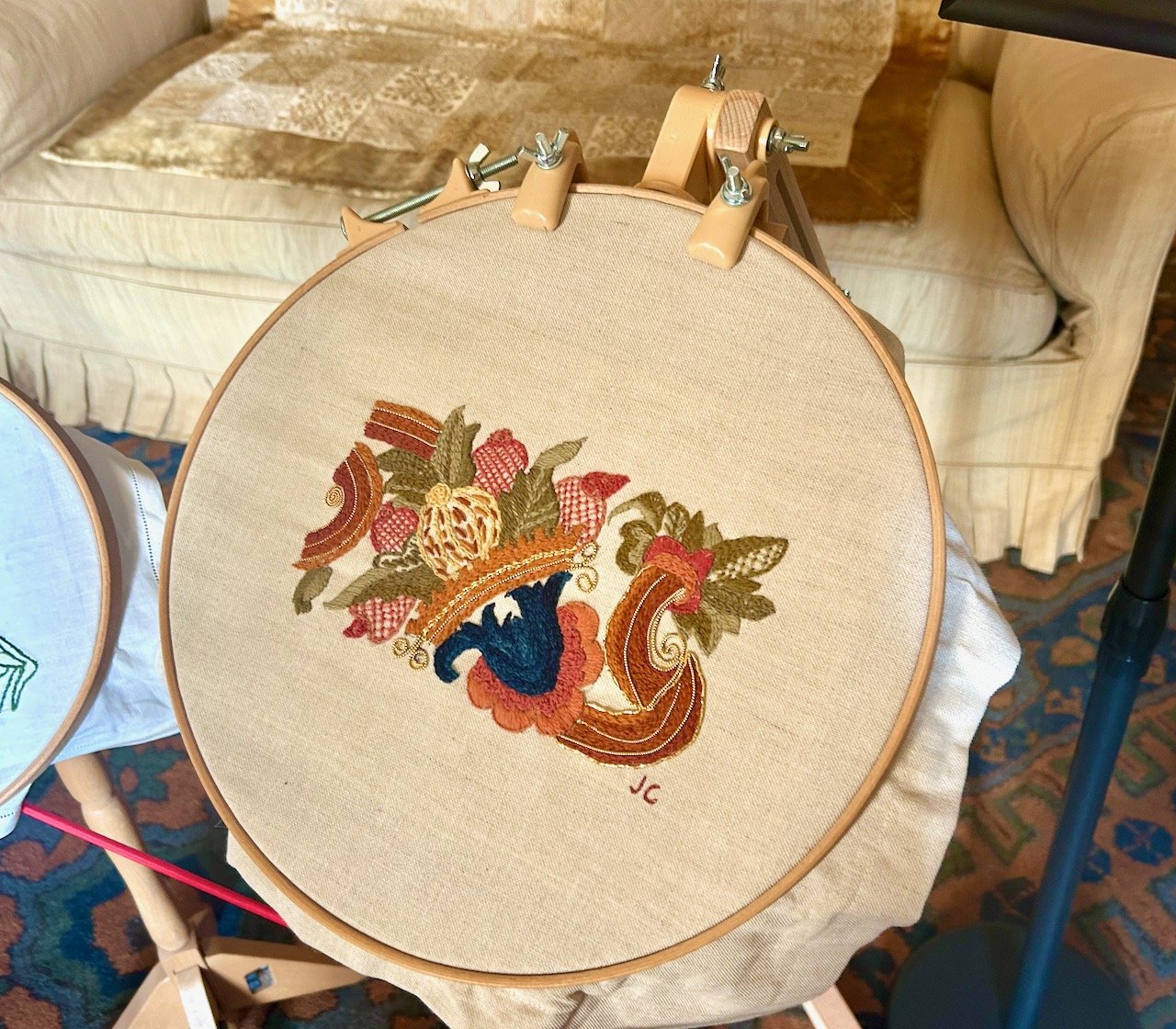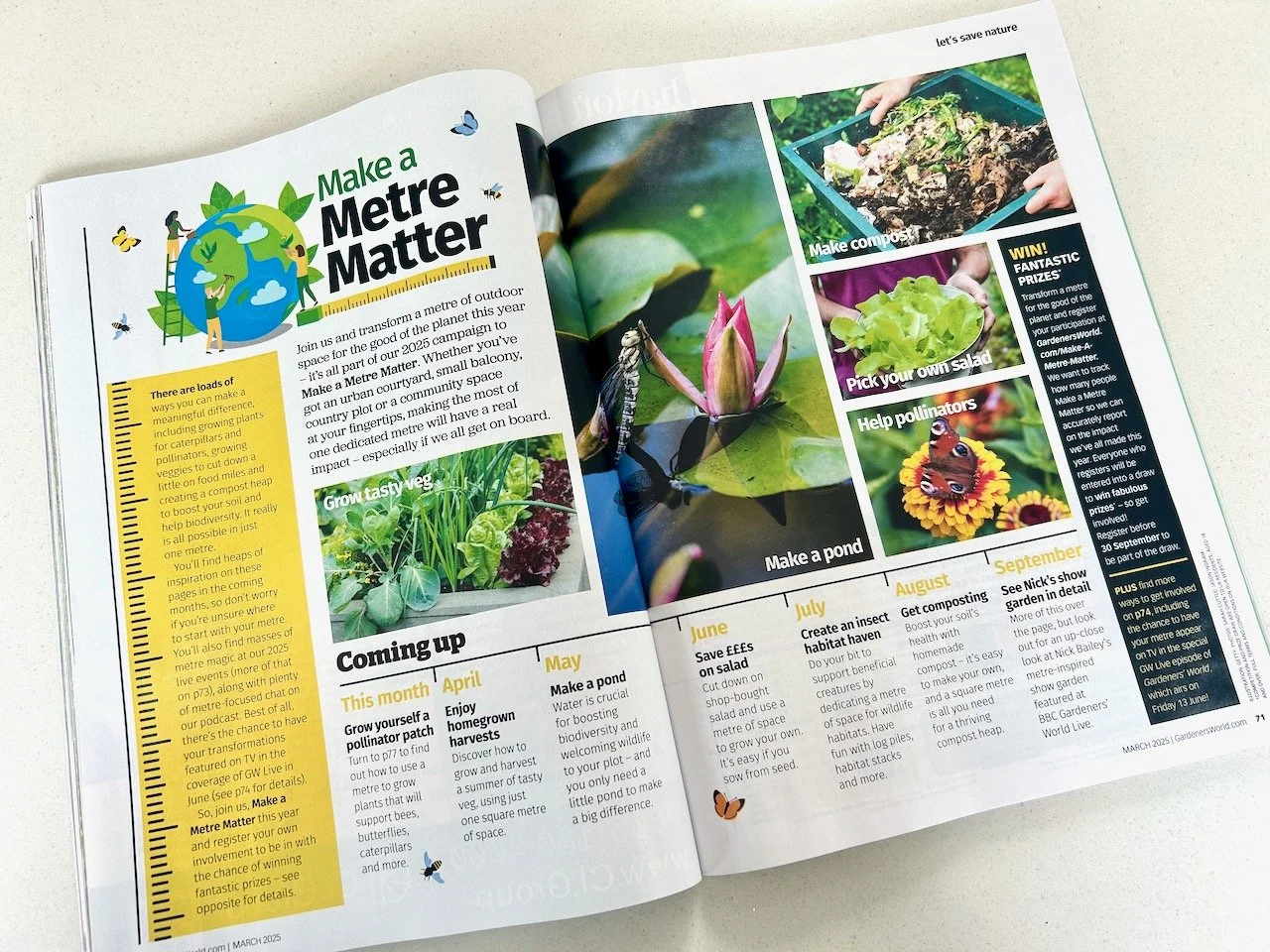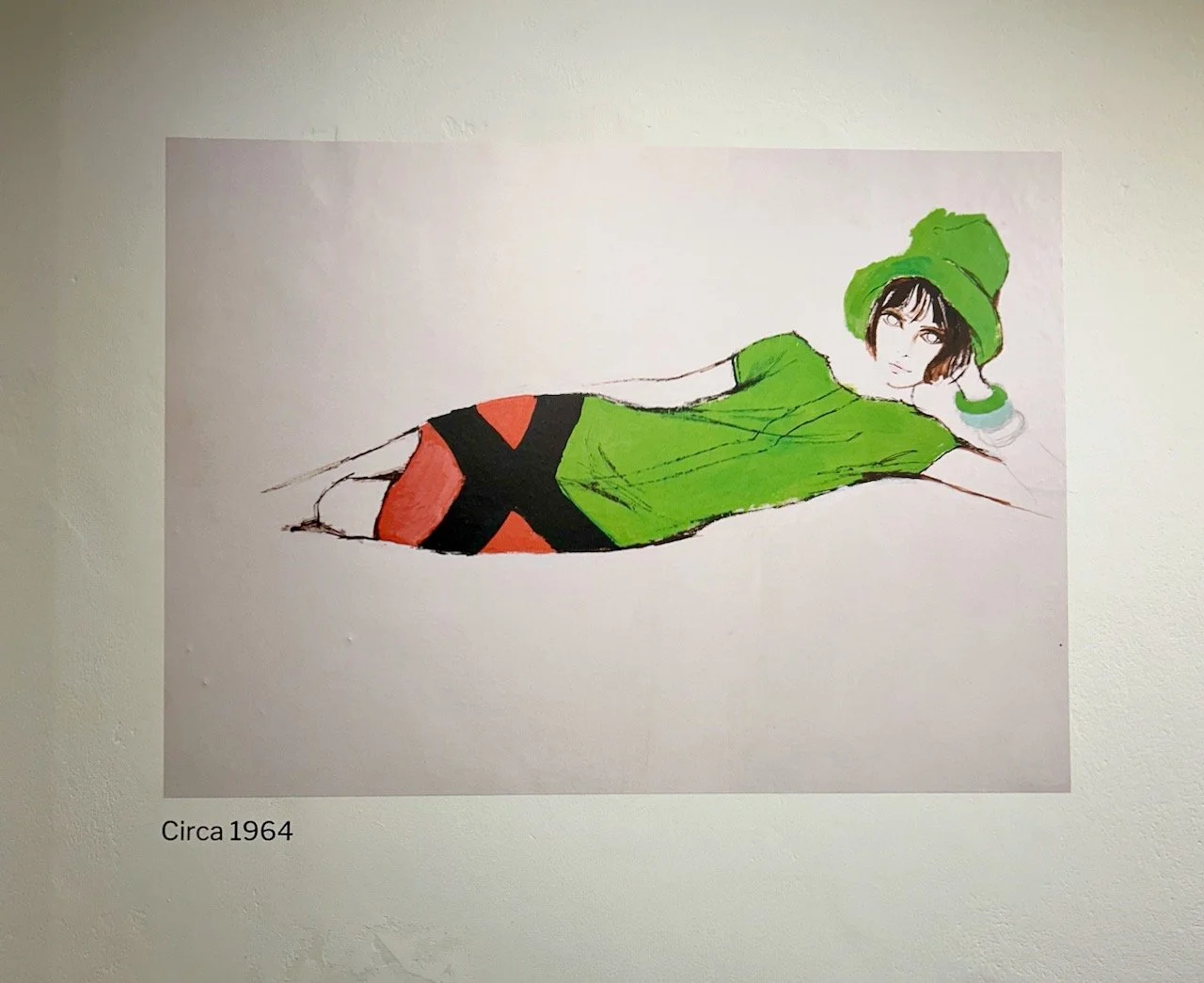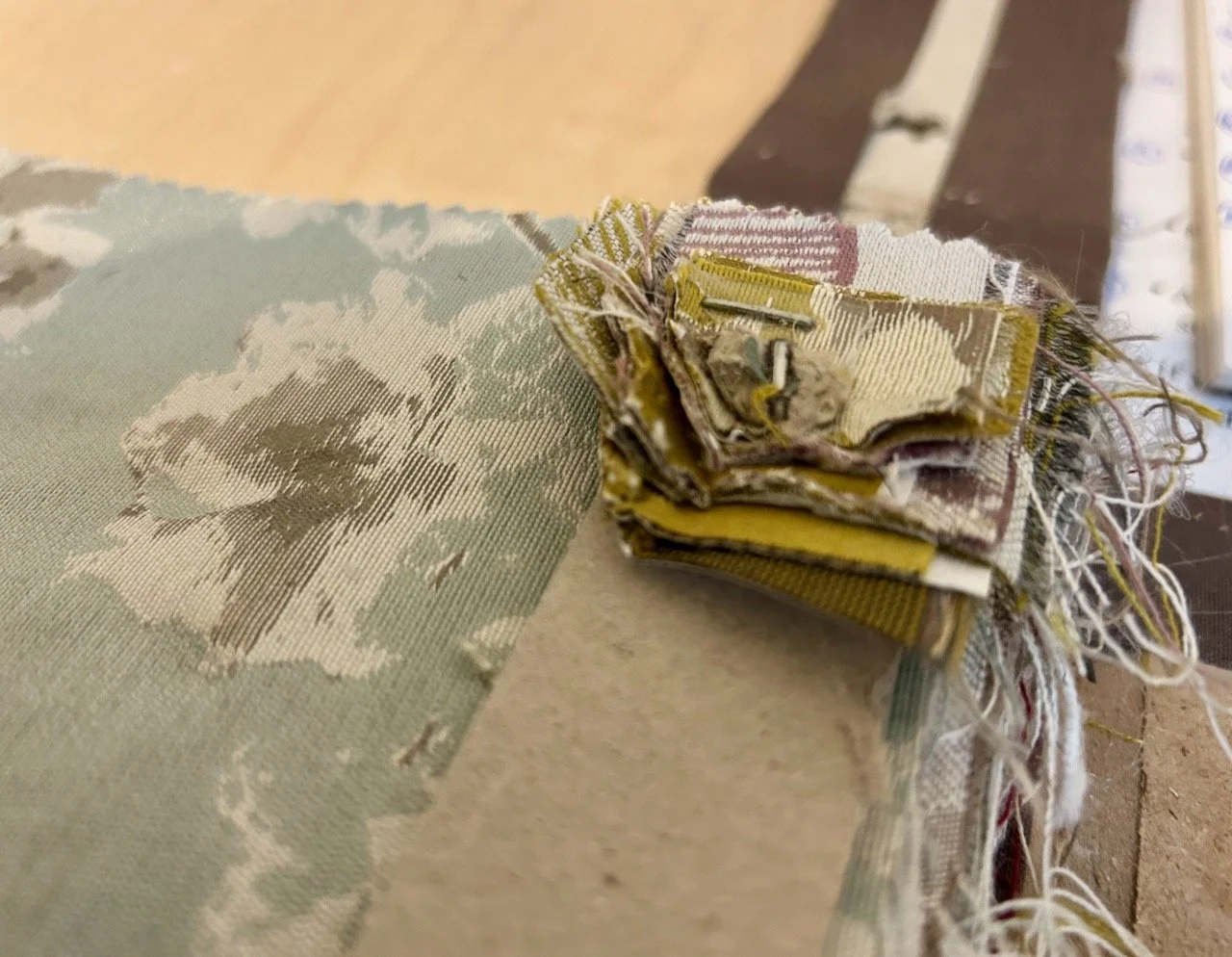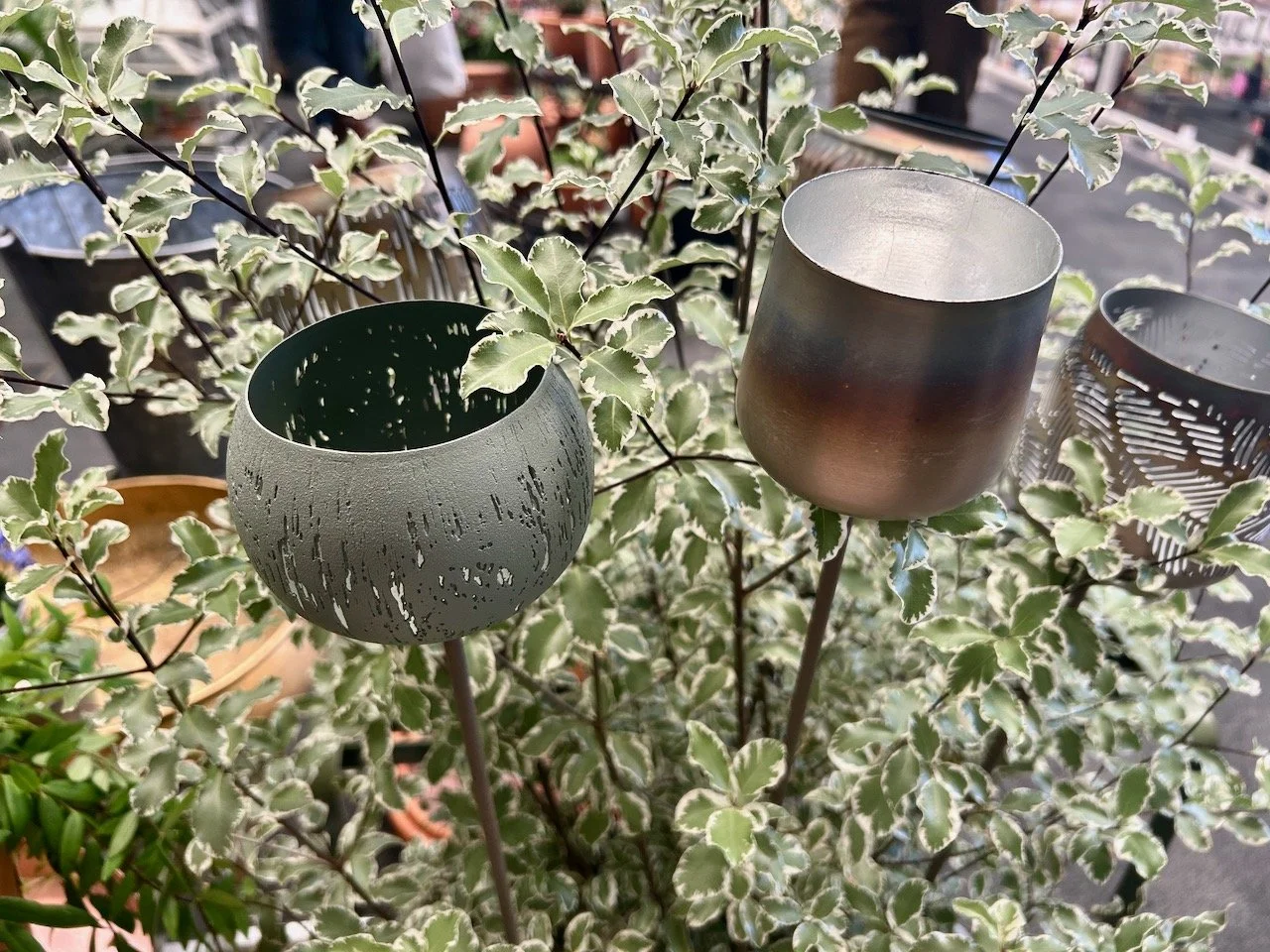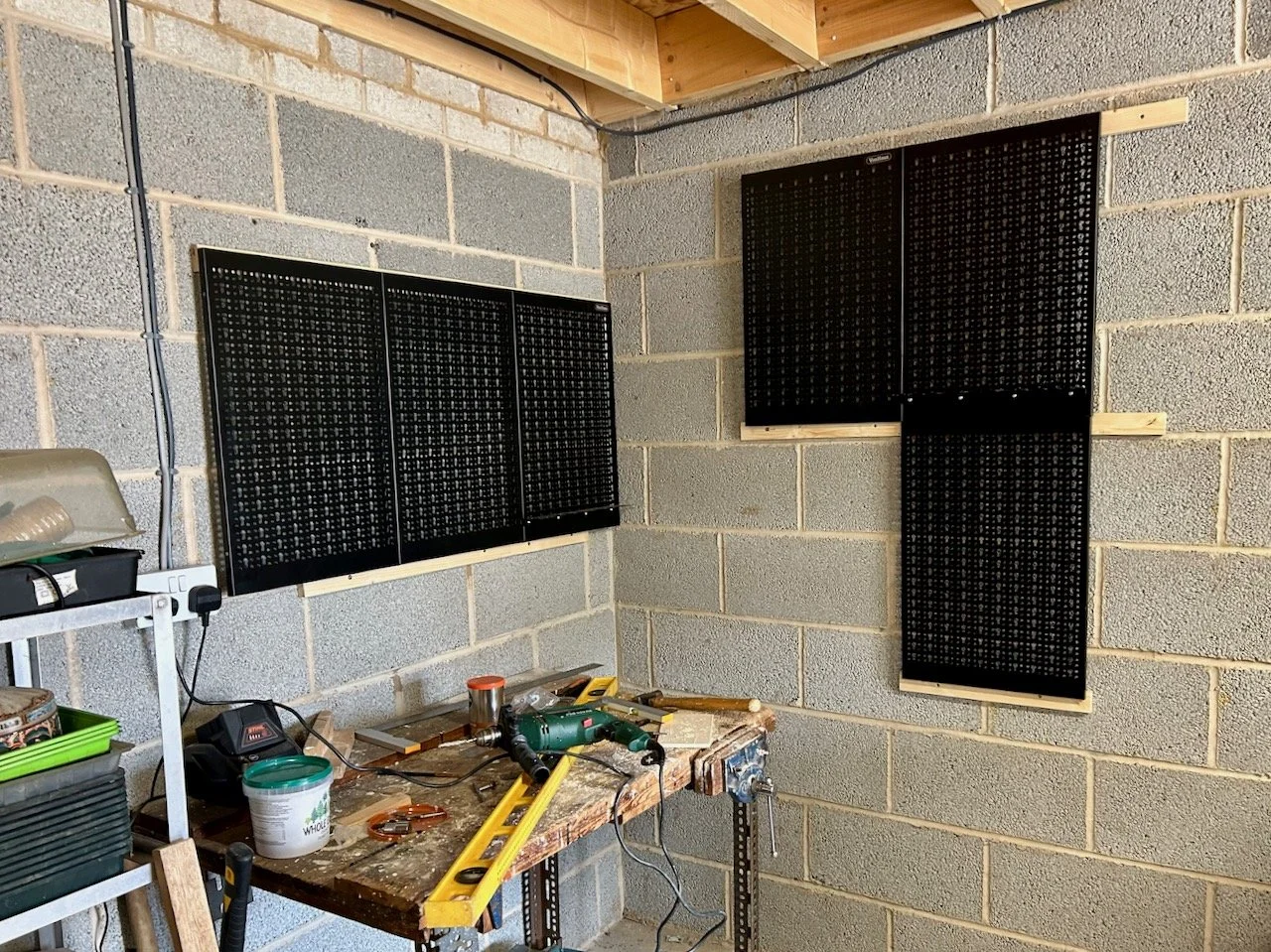Following Sunday's black and white photo of Bircham Windmill, today I'm sharing more from my visit there back in September. Mum and I arrived just as the farmers market was packing up but undeterred we headed for the mill shop and bakery, before looking into the tea rooms.
The windmill was built in 1846 and was a working mill until the 1920s when the sails were removed and the tower abandoned. The windmill fell into a state of disrepair and the current owners undertook its restoration with a new cap going on in 1979, followed by the sails in 1981.
Bircham Mill opens daily from Easter until end-September and each year has a full programme of activities which they publish on their website and they reopen next year on 28 March. It's a five storey tower mill and the interior was also restored with all the machinery and stones gathered from farm sales and other derelict mills. You can climb to the top and go out on the fan deck - we didn't as I don't have a good history of mills or heights. There was the school trip to Outwood Mill and a trip to the very top of St. Paul's Cathedral, going up was fine - coming down, less so!
The tower is 52 feet high and has a diameter of 25 feet and the walls are 2 feet 6 inches thick. So I think I made the right choice, I made it to the first floor for a peek and more importantly back down again safely too!
The bakery still has its original coal-fired oven but the bread made today is cooked in the electric ovens. The bakery was operational until the 1950s, 30 years after the mill had stopped and many people used to walk to the mill to collect their bread.
There's some great original signs and artefacts in the bakery, and in the shop next door which sells locally produced products, as well as flour and cakes. I bought cheese on this visit and flour from the mill on a previous visit, and I'd buy them again. I'd go back though just to admire the enamelware and signs, and to eat cake of course!
So back outside, there was time for another glance skywards and time to admire the Hovis lettering and the old mill stones before heading back to Hunstanton for another cup of tea and a slice of cake...
The mill also has some animals - guinea pigs, rabbits, sheep, goats, ponies and a donkey, which we skipped on our visit. So if you're ever near Great Bircham over the summer and are stuck for something to do then pop along and take a look at the windmill.

